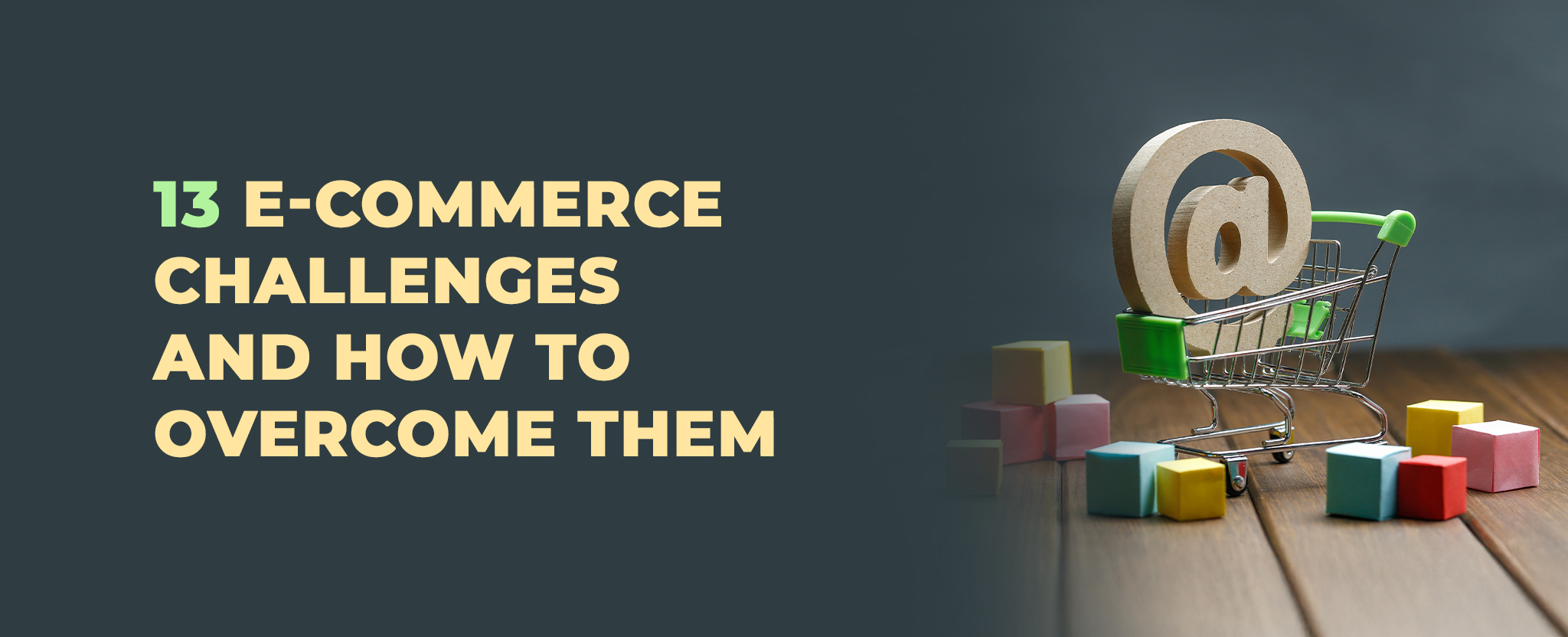Voice Commerce: The Next Big Leap for E-commerce Apps
23 Jan 25 


Voice commerce is transforming the way consumers shop, offering a hands-free, efficient, and personalized approach to e-commerce. Leveraging voice recognition technology, it allows users to navigate, select, and purchase products simply by speaking. This innovation eliminates the need for scrolling or typing, enabling seamless shopping journeys through voice-enabled devices such as smart speakers and smartphones. With advancements in AI and natural language processing, the accuracy and usability of voice commerce continue to improve, making it a key driver of future e-commerce trends.
What is Voice Commerce?
Voice commerce refers to purchasing products online using voice commands through digital assistants like Alexa, Siri, and Google Assistant. This subset of conversational commerce focuses exclusively on audible commands, differentiating it from other forms like chatbots or text-based interactions. By combining voice recognition with natural language processing (NLP), these devices interpret user commands and execute tasks, making the shopping experience intuitive and straightforward.
For instance, a customer might activate their voice assistant and ask for recommendations or specific products. Once a choice is made, the assistant facilitates the transaction, ensuring a smooth, hands-free shopping experience. From reordering essentials to discovering new products, voice commerce enables a streamlined interaction with e-commerce platforms, saving time and effort.
The Growth of Voice Commerce
The popularity of voice commerce has surged in recent years. Global tech leaders have made significant strides in advancing voice assistant capabilities. Amazon, for instance, has witnessed substantial growth in shopping through Alexa, with shopping interactions increasing by 40% year-over-year. Initially confined to Amazon’s ecosystem, Alexa now supports shopping experiences with brands like Walmart, Best Buy, and Starbucks. Similarly, Google Assistant and Siri have expanded their offerings to include peer-to-peer payments and retail purchases.
Automakers have also embraced voice commerce by integrating it into connected car systems. Companies like BMW and Volkswagen enable customers to purchase services and products directly from their vehicles, bridging convenience and mobility. These advancements highlight the multifaceted applications of voice commerce across industries.
The adoption of voice-enabled devices is on a steep incline. Recent studies indicate that there will be over 8.4 billion active voice assistant devices globally by 2024. In the US alone, nearly half of consumers use voice search for shopping, and 60% have completed purchases using smart home devices. These statistics underscore the growing reliance on voice commerce as an indispensable shopping tool.
Benefits of Voice Commerce
Speed
Voice commerce significantly accelerates the shopping process. A simple command can provide related recommendations, add products to the cart, and finalize purchases. With saved payment and delivery details, transactions become instantaneous, meeting the demands of modern consumers for fast service.
Convenience
Voice shopping integrates seamlessly into daily routines. Whether it’s ordering groceries while cooking or purchasing a gift during a commute, voice commerce offers unparalleled convenience. The hands-free nature of this technology makes it especially appealing to multitaskers and those seeking efficient solutions.
Personalization and Accessibility
Voice assistants leverage AI to deliver personalized shopping experiences. By analyzing past behavior, preferences, and contextual queries, they can provide curated recommendations. Furthermore, voice commerce enhances accessibility for individuals with visual impairments or physical disabilities, democratizing access to online shopping.
Enhanced Brand Awareness
By optimizing content for voice search, businesses can improve visibility and ranking in voice-based queries. Implementing long-tail keywords and natural language structures helps brands stand out, increasing brand recognition and sales potential.
Also explore Generative AI in e commerce: Use cases and implementation
Challenges in Voice Commerce
Upfront Costs
Implementing voice shopping capabilities requires investment in advanced AI technologies and platform optimization. Businesses must ensure compatibility with voice assistants and prioritize user-friendly experiences, which may involve substantial initial expenses.
Privacy and Security Concerns
Consumers often hesitate to share financial details verbally due to concerns about data breaches and unauthorized access. Addressing these concerns with robust encryption, secure payment systems, and transparent data practices is essential for building trust.
Technological Limitations
Despite advancements, voice recognition technology is not infallible. Misinterpretations of commands can lead to incorrect product recommendations or failed transactions, frustrating customers. Continuous improvements in natural language processing are needed to overcome these challenges.
The Future of Voice Commerce
The future of voice commerce is bright, with rapid advancements and growing adoption rates making it a cornerstone of modern e-commerce. The global value of voice-assisted purchases is projected to reach $164 billion by 2025, highlighting its expanding role in e-commerce. As voice assistants become more sophisticated, their ability to understand nuances and deliver accurate responses will improve, further enhancing their appeal.
Businesses are responding by optimizing websites for voice search, developing voice apps, and ensuring seamless integration with voice-enabled devices. Retailers like Cencosud have demonstrated the potential of voice commerce by using AI-powered assistants to guide customers through the shopping journey. These examples reflect the evolving capabilities of voice commerce and its impact on consumer behavior.
Embracing Voice Commerce with Composable Technologies
Modern commerce platforms, such as composable commerce solutions, simplify the adoption of voice commerce. By providing seamless access to data and enabling integration with AI systems, these platforms empower businesses to deliver responsive and personalized voice shopping experiences. With flexible architectures, brands can scale and adapt to changing consumer preferences, ensuring long-term success.
How to Leverage Voice Commerce for Your Business
- Optimize for Voice Search : Enhance your website’s SEO by incorporating natural language and long-tail keywords. Focus on conversational phrases that consumers are likely to use when interacting with voice assistants.
- Develop Voice Apps : Create voice applications for popular platforms like Alexa, Google Assistant, and Siri. These apps can provide product recommendations, facilitate transactions, and improve user engagement.
- Ensure Accessibility : Design voice commerce solutions that cater to diverse user needs, including individuals with disabilities. This not only broadens your audience but also reinforces your commitment to inclusivity.
- Prioritize Security : Implement robust data protection measures to address privacy concerns. Use secure authentication methods and clearly communicate your data handling policies to build customer trust.
- Use Analytics : Use voice commerce data to gain insights into consumer behavior, preferences, and trends. These insights can inform marketing strategies and improve product offerings.
The Promise of Voice Commerce
Voice commerce represents a paradigm shift in the way consumers interact with e-commerce. By eliminating traditional barriers and introducing intuitive, hands-free shopping experiences, it is redefining convenience and accessibility. For businesses, embracing voice commerce is not just an opportunity—it is a necessity to stay competitive in a rapidly evolving digital landscape.
Isn’t it time to enhance your e-commerce strategy? By enabling voice search and shopping capabilities, you can empower your customers to engage with your brand in a faster, more convenient way. The future of shopping is here—make sure your business is ready to lead the way.
- Agentic AI1
- Android Development3
- Artificial Intelligence31
- Classified App3
- Custom App Development5
- Digital Transformation12
- Doctor Appointment Booking App14
- Dropshipping1
- Ecommerce Apps40
- Education Apps2
- Fintech-Apps37
- Fitness App4
- Flutter4
- Flutter Apps20
- Food Delivery App5
- Grocery App Development1
- Grocery Apps3
- Health Care10
- IoT2
- Loyalty Programs9
- Matrimony Apps1
- Microsoft1
- Mobile App Maintenance2
- Mobile Apps127
- Product Engineering6
- Progressive Web Apps1
- React Native Apps2
- Saas Application2
- Shopify9
- Software Development3
- Taxi Booking Apps7
- Truck Booking App5
- UI UX Design8
- Uncategorized6
- Web App Development1



















Comments